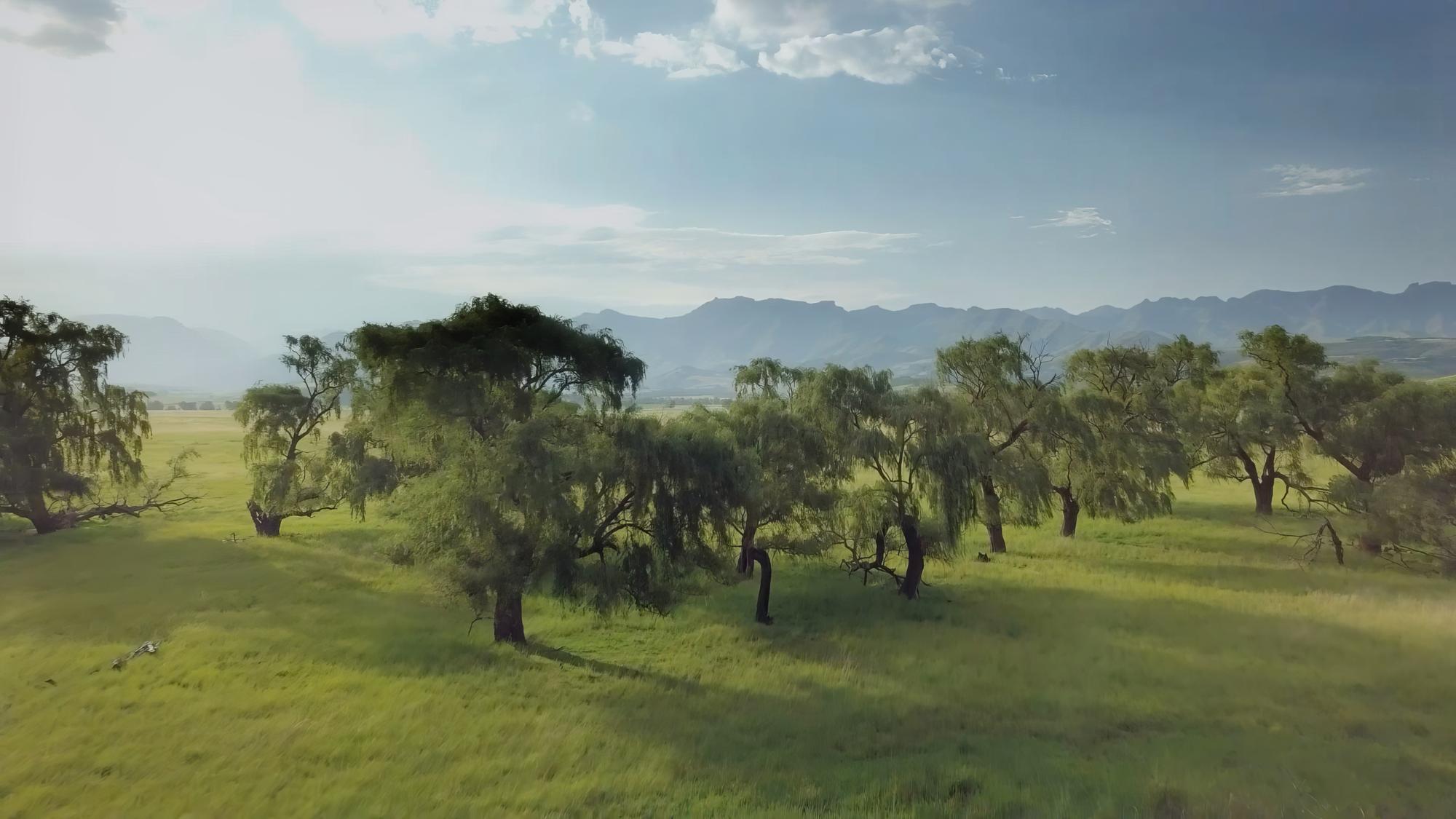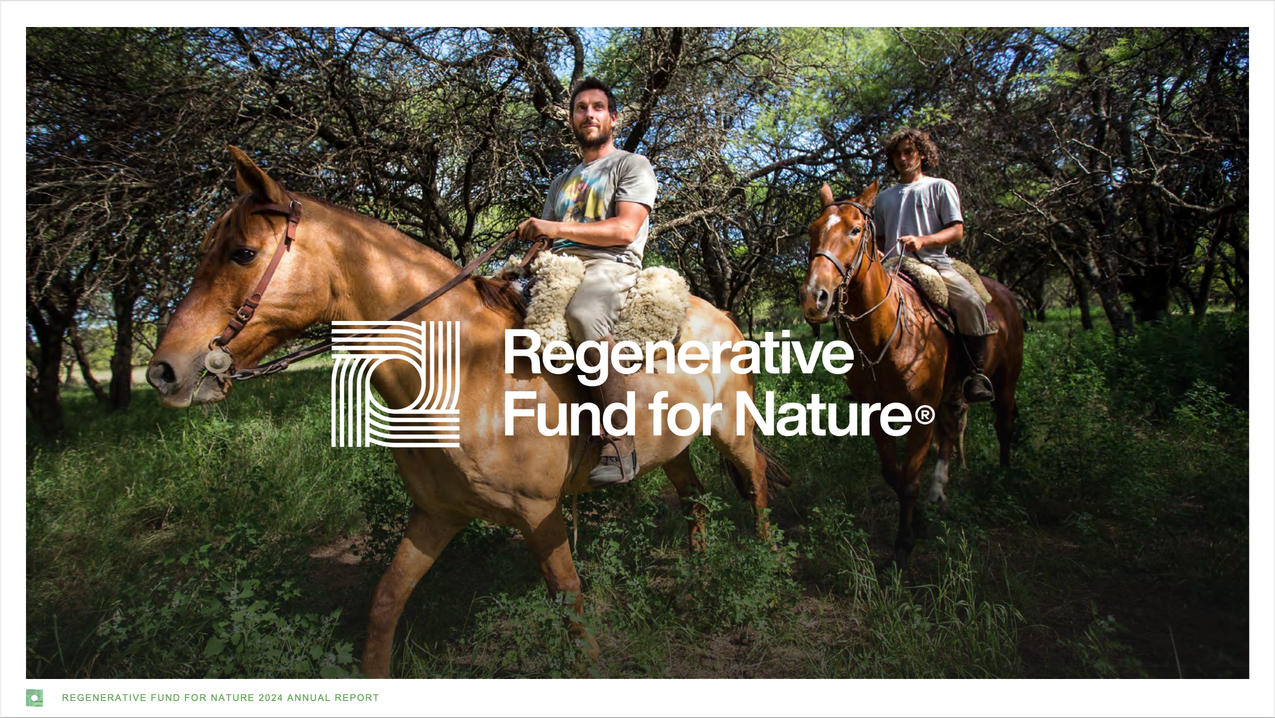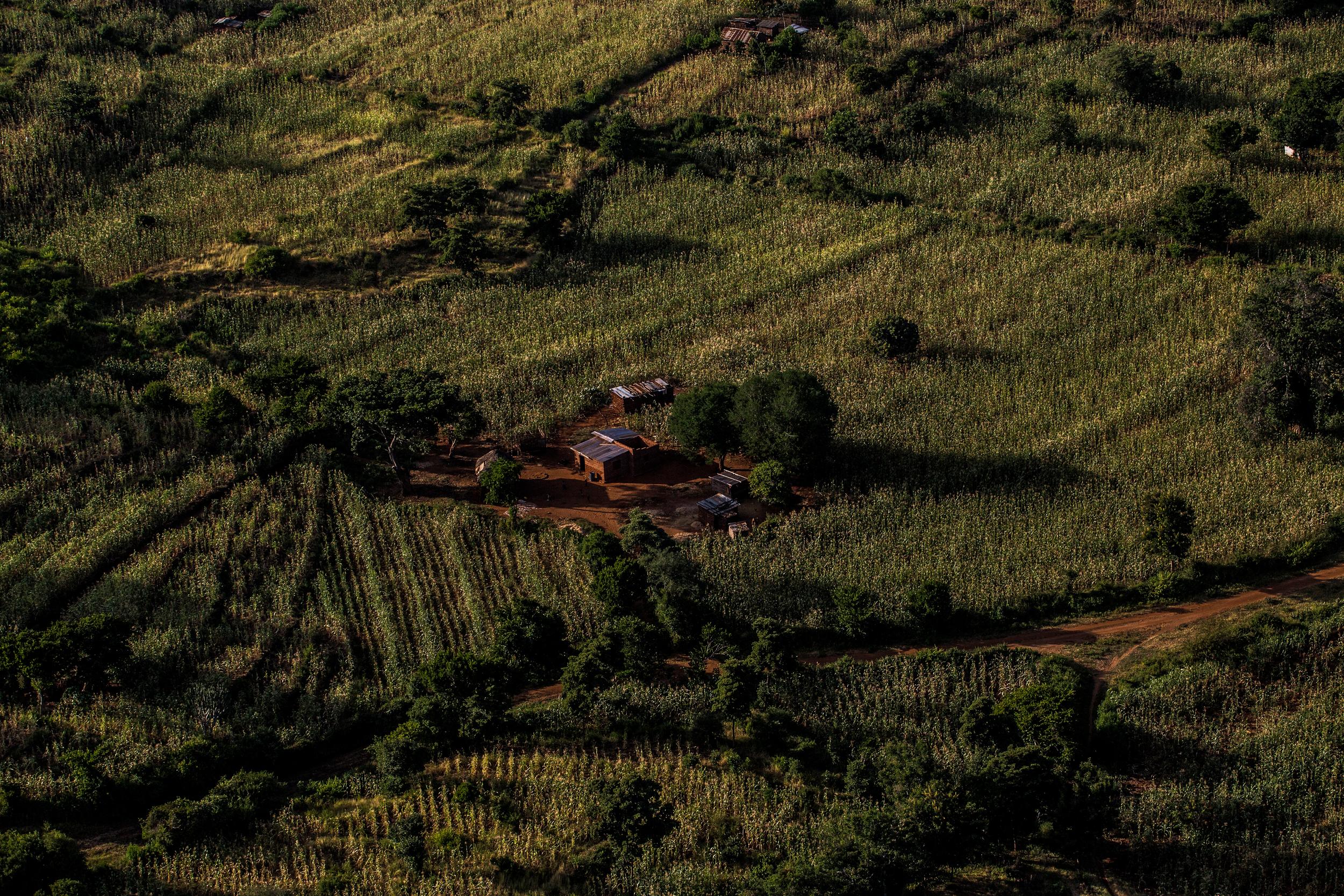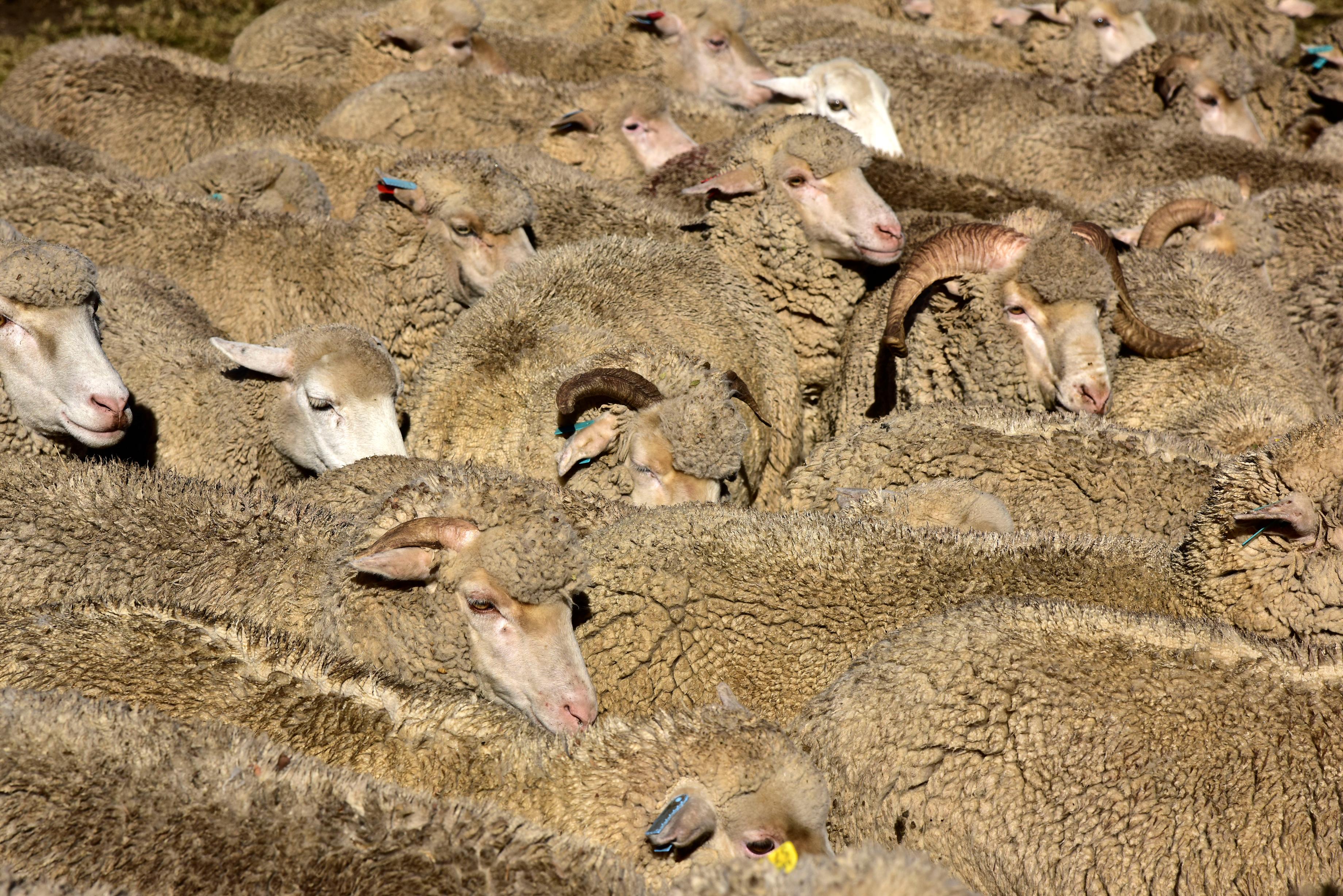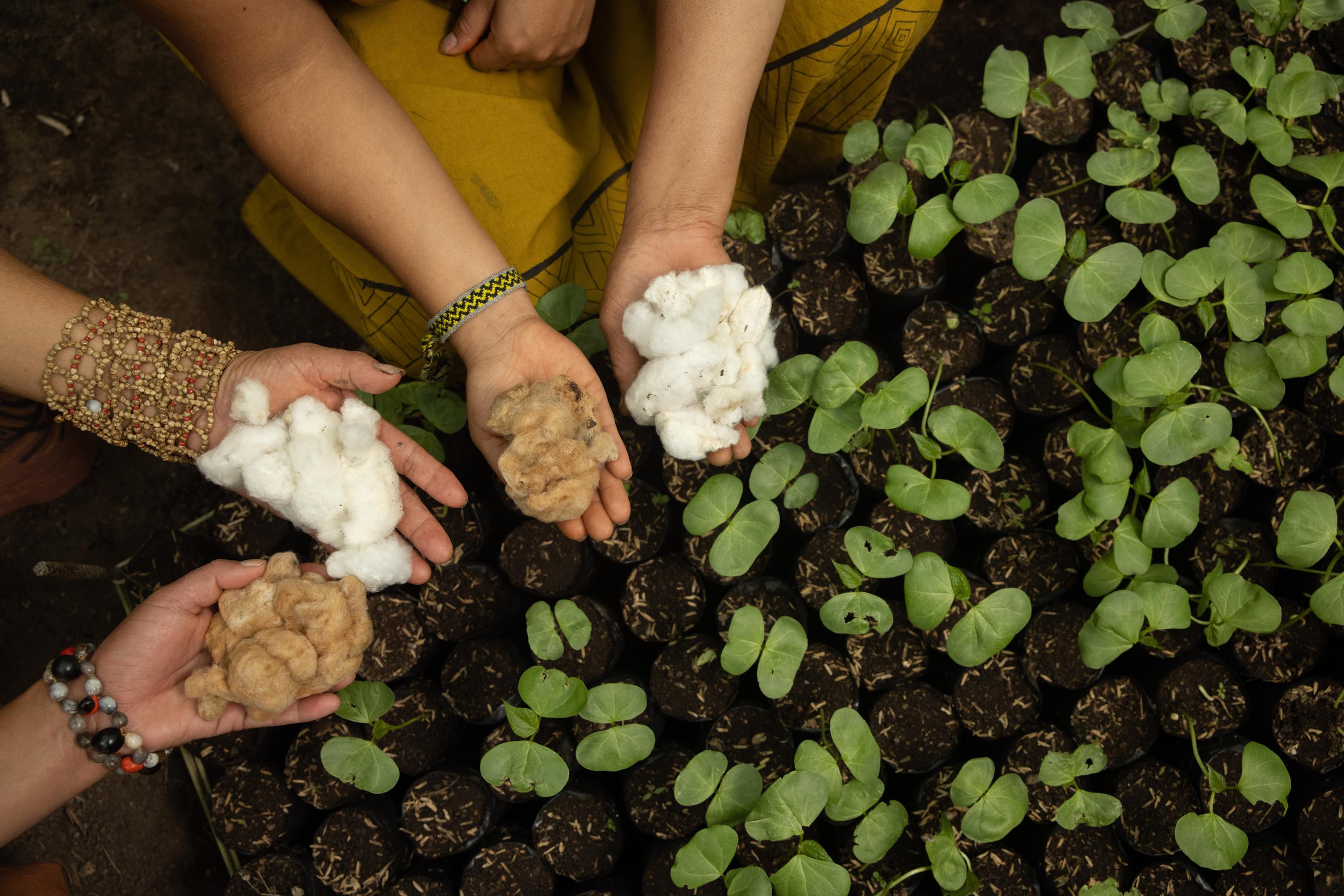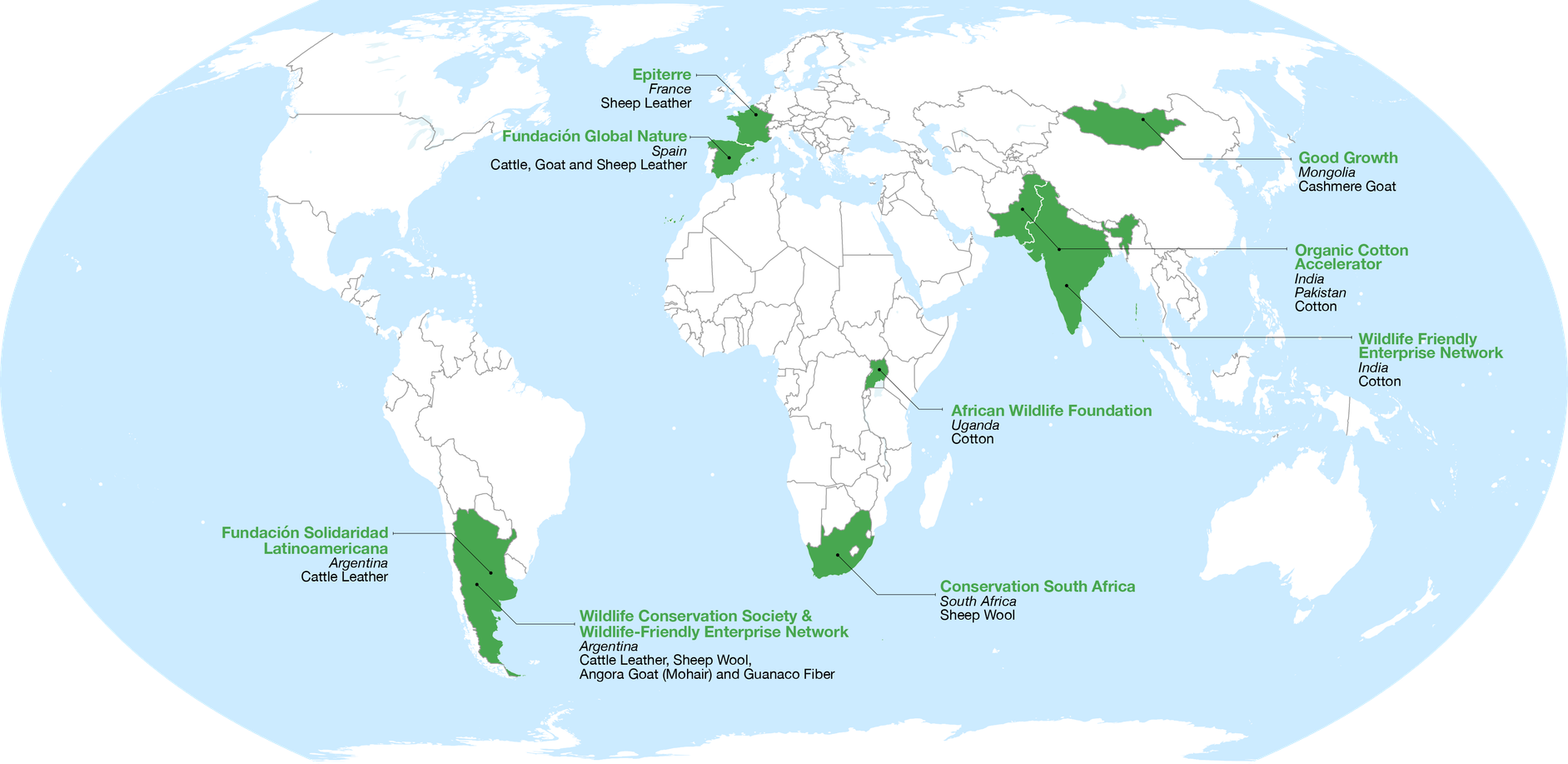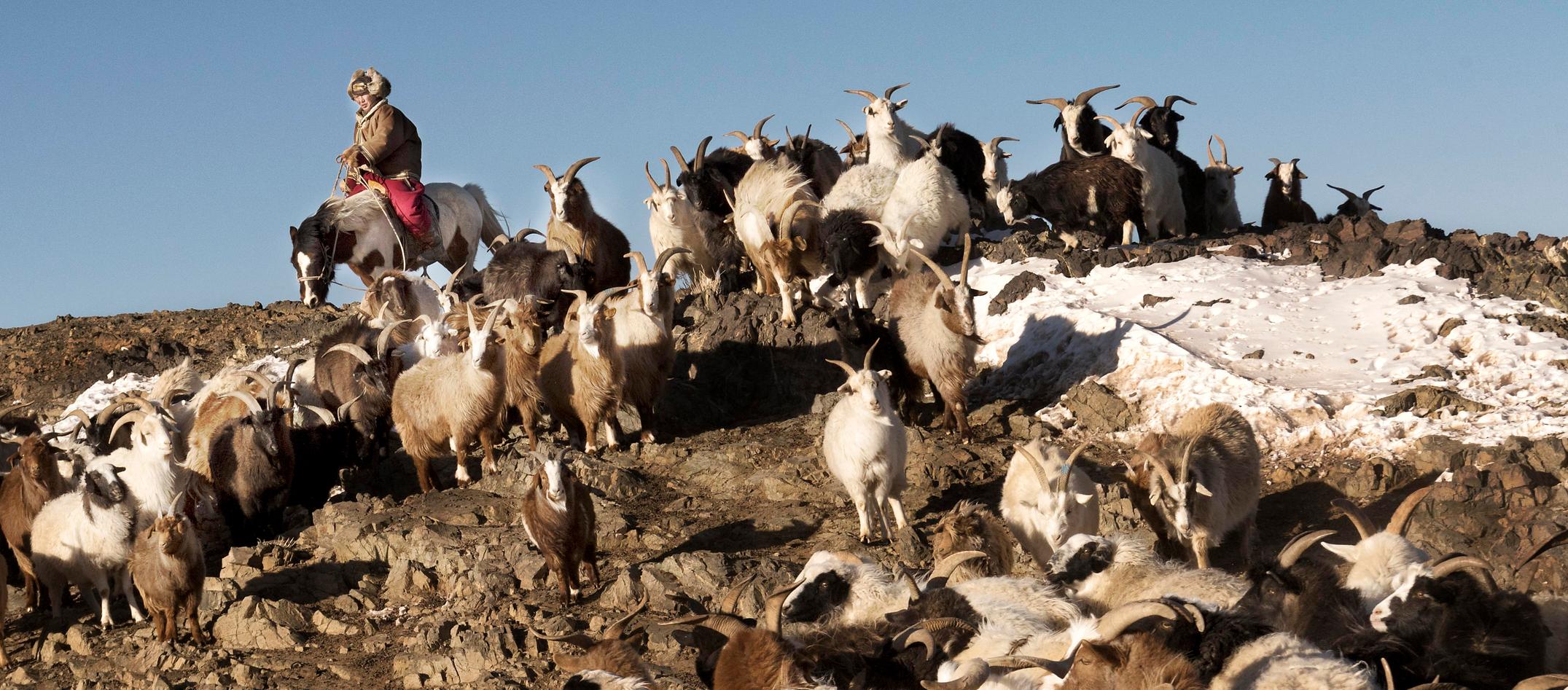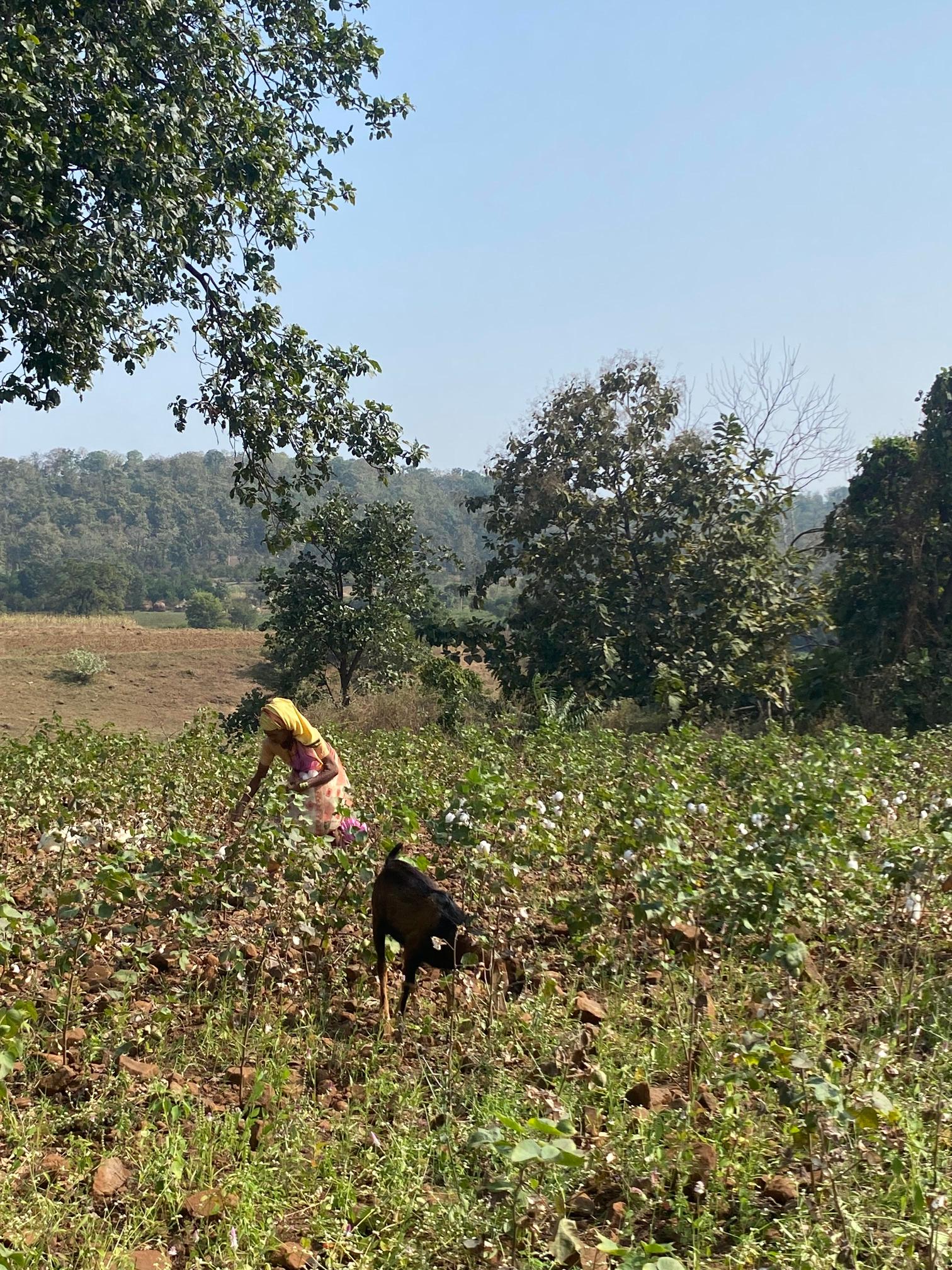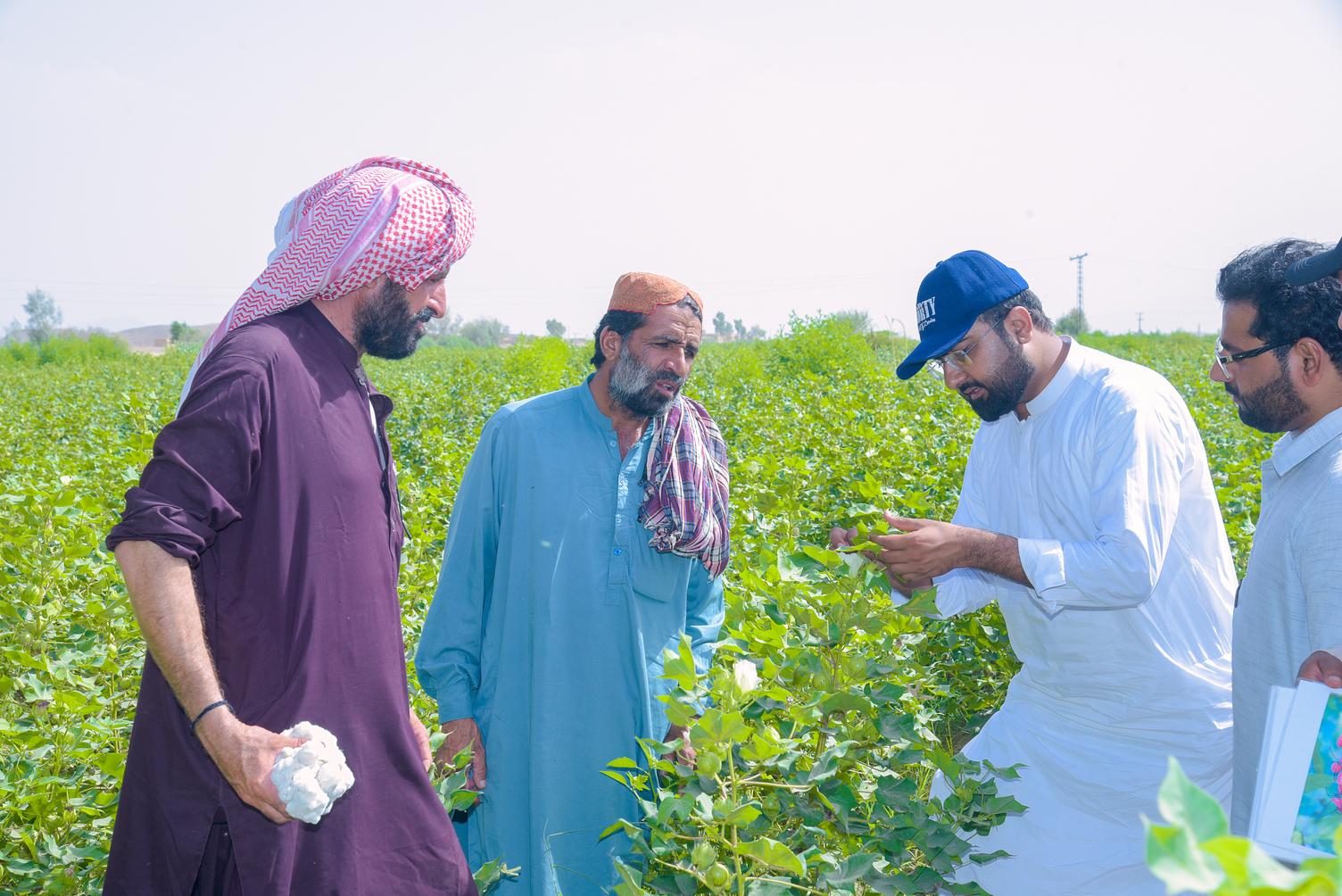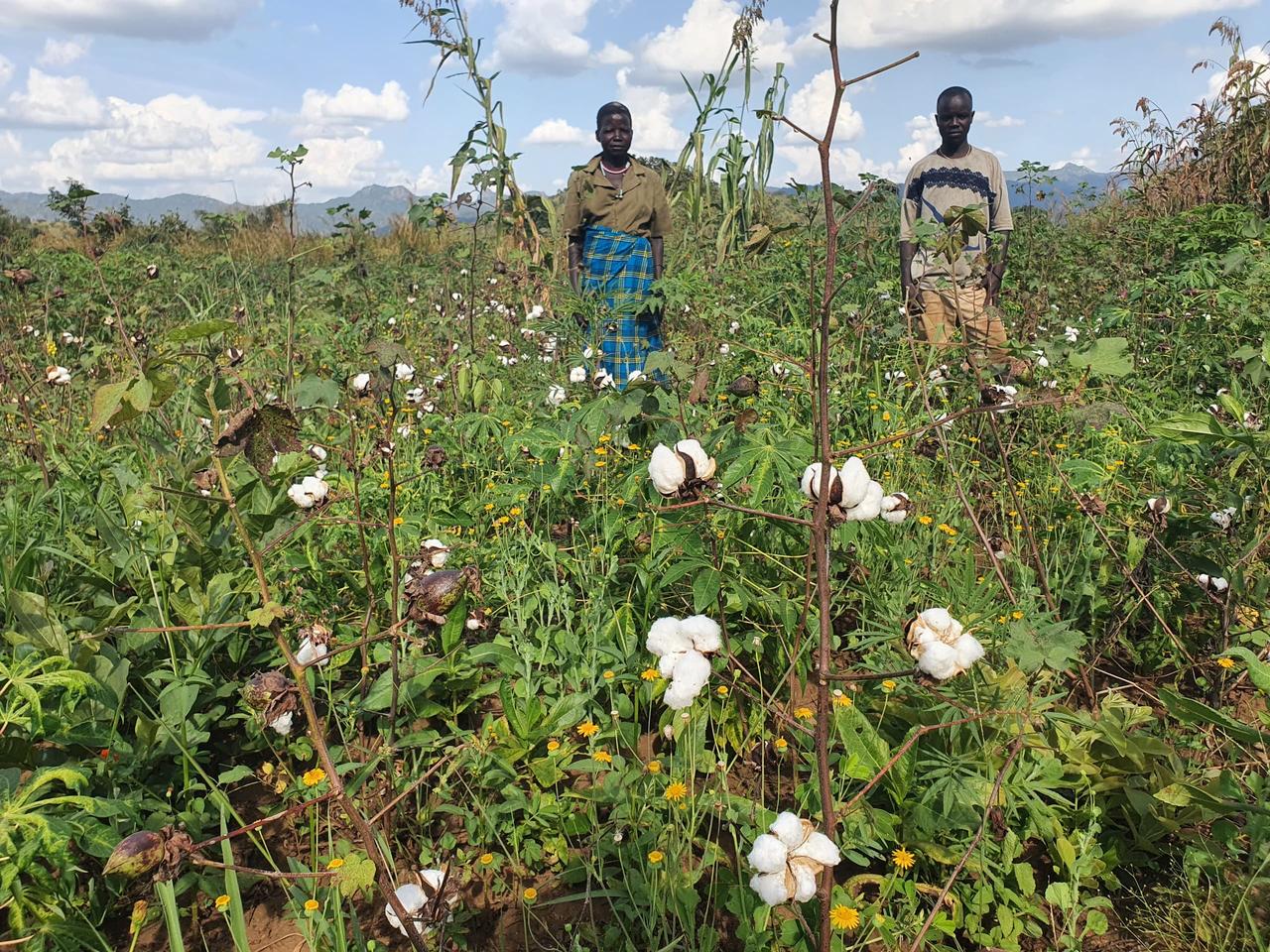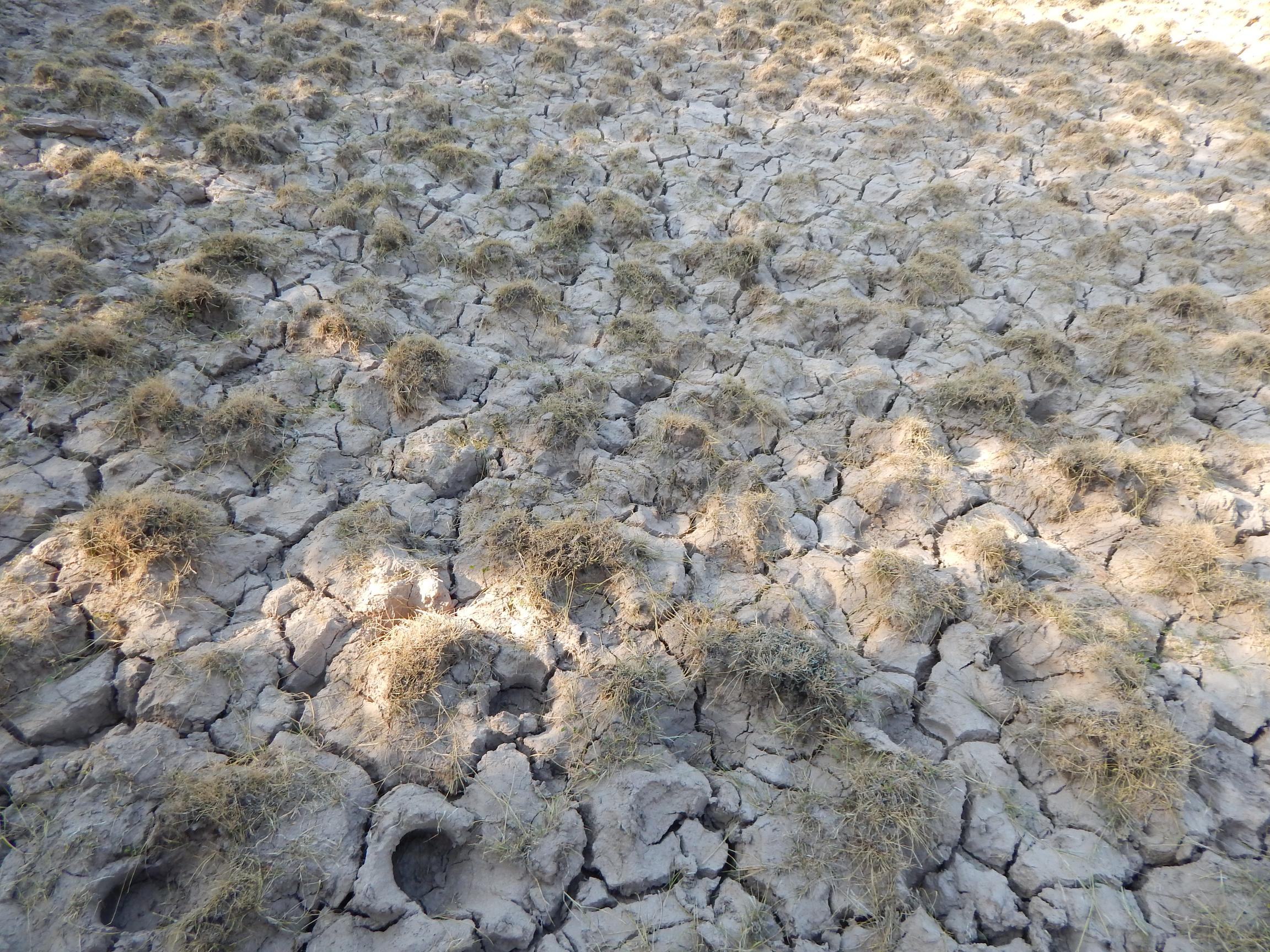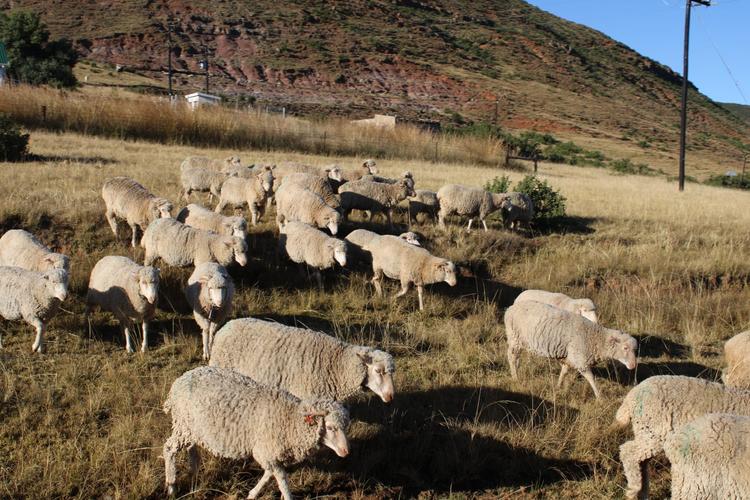What is regeneration?
Regeneration is about restoring and revitalizing nature hand in hand with local communities — especially through the way we steward and manage land. It starts with collaboration: listening to and co-creating the vision of local communities, assessing the environmental, social, and economic context of the land and making decisions together.
In productive land use systems, regeneration means using practices that restore soil health, support biodiversity, improve water cycles, build climate resilience and strengthen local livelihoods. It’s not a one-time fix, but an ongoing process that evolves with the land and the people who steward it. The goal is to create landscapes that can renew themselves — generation after generation.
At its heart, regeneration is a mindset shift. It means looking beyond short-term outcomes and focusing on long-term well-being — for people, nature and the climate. It’s about building trust, shared values and lasting relationships that make real, lasting change possible.
Regenerative Fund for Nature principles
The Fund tracks its impact using a set of core principles, which were updated in 2024:
Monitoring and evaluation
Measuring the fund’s impact is critical to ensuring lasting results. In 2024, the team launched a Monitoring and Evaluation Framework to track progress across the fund’s six core principles: soil health, biodiversity, climate, water, livelihoods and animal welfare. This framework translates the fund’s principles into clear measurable outcomes — using indicators, metrics, proven methods aligned with industry standards and best practices.
The “Regenerative Fund Measurement and Evaluation Framework” was designed to intentionally align with established measurement standards such as Science Based Targets for Nature (SBTN), Volumetric Water Benefit Accounting (WVBA), European Animal Welfare Indicators (AWIN) and Welfare Quality protocols, Textile Exchange Regenerative Outcomes Framework (TE ROF) and One Planet Business for Biodiversity (OP2B). By aligning with industry practices and global standards, the fund can connect the efforts of the private sector, field operations and international standards and frameworks to drive broader integration across corporate industries.
Current projects and grantees
To reshape the fashion industry’s relationship with nature, the fund issues grants to implementation partners, farming communities, project leaders and non-governmental organizations that are implementing regenerative approaches:
